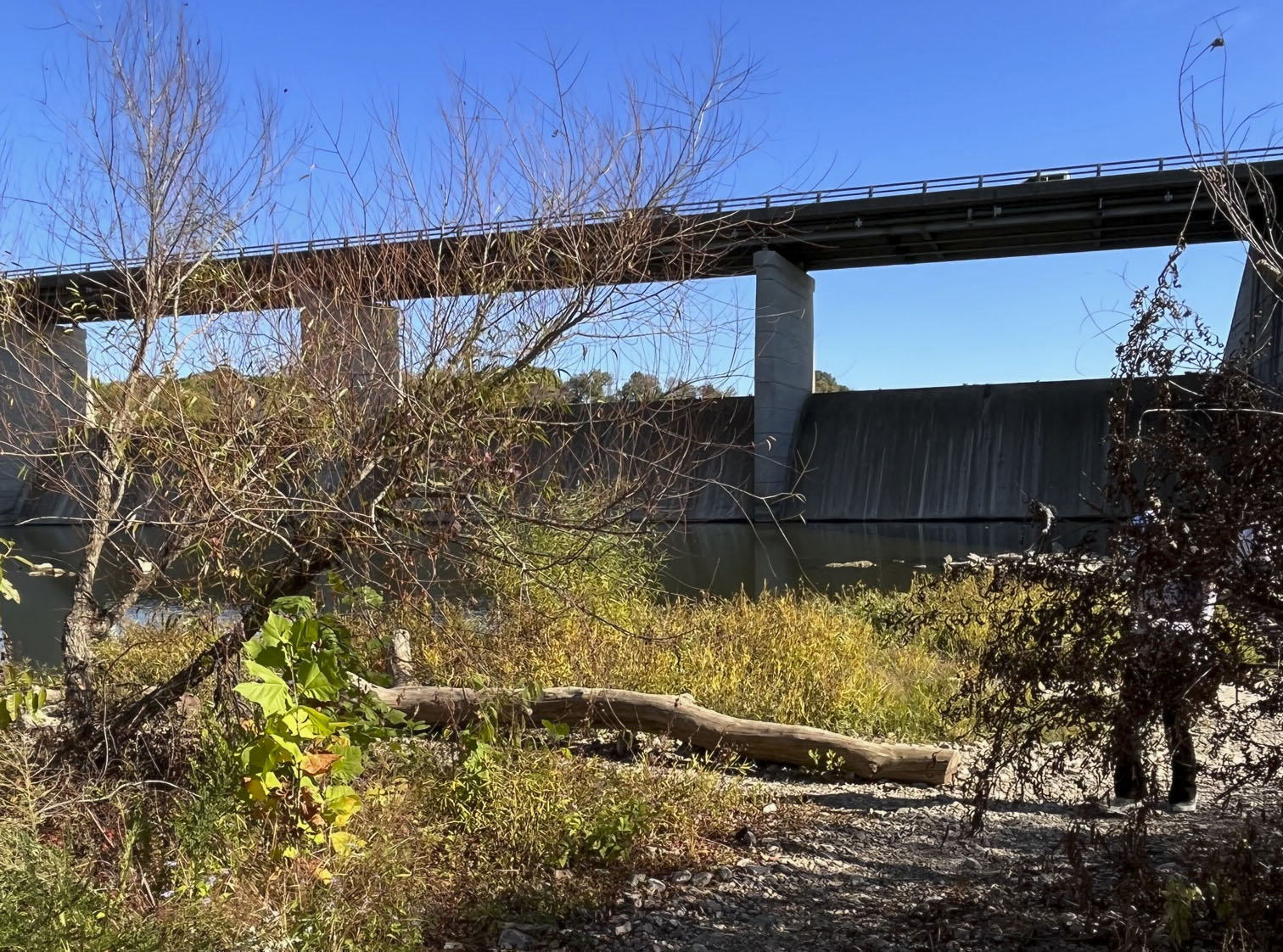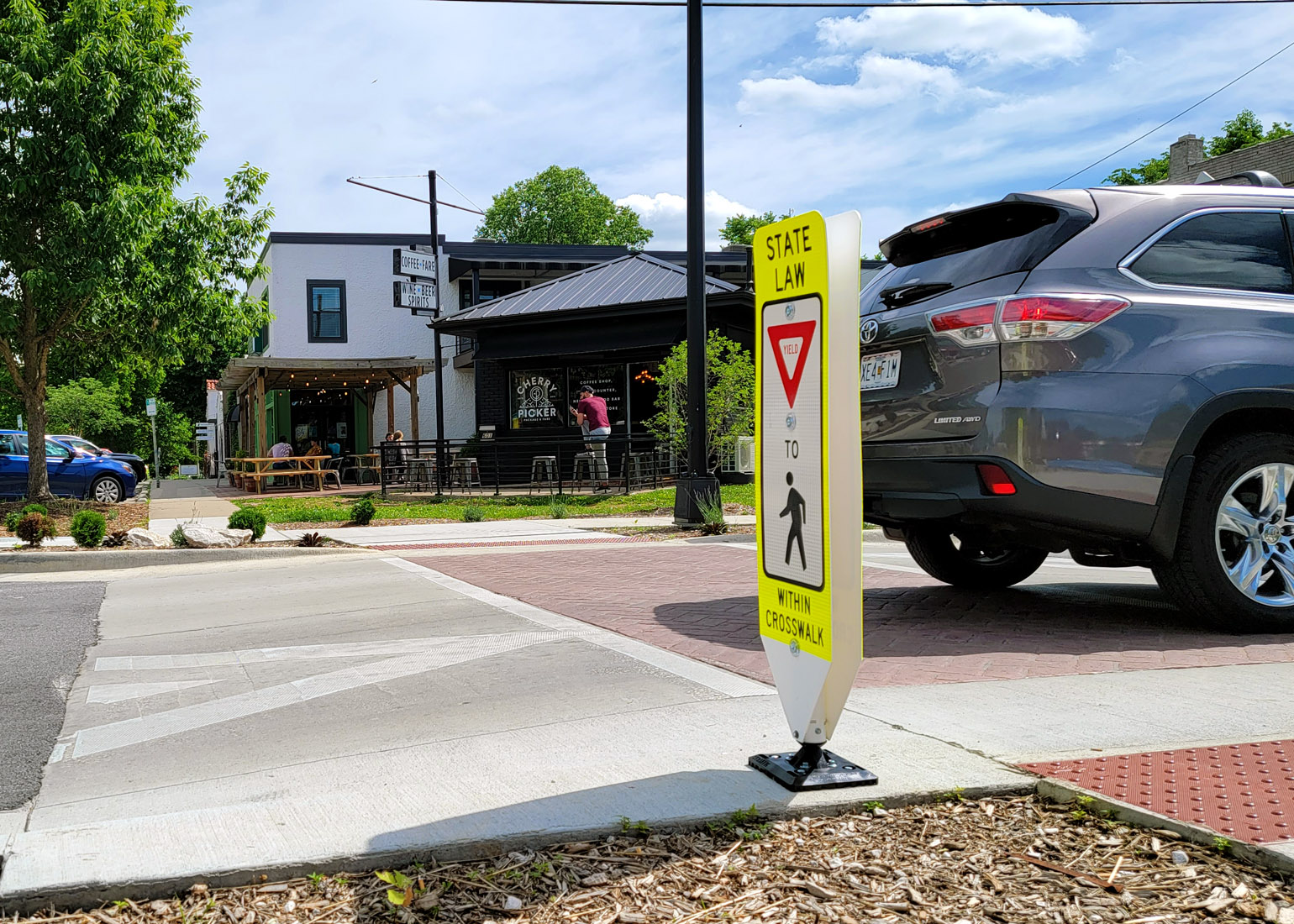Springfield has a unique opportunity to continue the concept of intersecting nature, recreation, and economic development due to the decommissioning of major parts of the coal-powered James River Power Station.
Lake Springfield was developed in 1957 when the James River was dammed in southeast Springfield to provide cooling needs for the power station. Parts of the Power Station are still needed to continue to provide utility services.
Public meeting Nov. 17
Community members can learn about the areas available for redevelopment and share their concerns and ideas at the Lake Springfield Public Kick-Off Meeting on Nov. 17 from 5 to 7 p.m. at the Springfield Art Museum, 1111 E Brookside Dr.
Livestream is available through the master plan website.
The original plan was to hold the public meeting at the Lake Springfield Boathouse. However, a larger venue is needed to accommodate the anticipated participation.

This is a wonderful opportunity for Springfield to create a plan that will enhance the area to become a recreational focal point in the region. Springfield has a rich history that can be brought to the forefront to remember and also to educate those who visit the area.
An informational meeting took place at the Boathouse earlier this month for residents who live close to the lake. I attended the meeting and learned some historical information. I researched further through thelibrary.org and learned additional background.
Area was ‘County of Osage Indians'
I learned Greene County was known as “Osage County” or the “County of Osage Indians” prior to the War of 1812. The Osage Tribe of Native Americans hunted in the forests, fished in the streams, and camped on the grounds. After the War of 1812, the Kickapoo Tribe of Native Americans built a town on the present site of Springfield and occupied this area for several years. I also learned there are current Native American protective grounds in the Lake Springfield area.
Did you know 36 percent of Springfield’s water has come from the James River over the past five years? The Power Plant contributed to increasing the population in Springfield by almost 30 percent with the ability to provide affordable utilities.

In the early 1990’s, the Missouri Department of Conservation partnered with City Utilities to add a boat ramp, fishing dock, and several fishing platforms. The Lake Springfield Park and Boathouse became a part of the Springfield-Greene County Park system because of a long-term lease with City Utilities, which is still in place today.
Many areas inaccessible for disabled
Several of us attending the residential meeting were able to tour the grounds and see the land available for development. Beautiful, beautiful grounds, waterways, and connecting to nature, but only if you have trailways or transportation to go from one part of the lake to another. Many areas are currently not accessible for individuals with disabilities.
These are my thoughts and opinions — as community members, make sure your voice is heard at the Nov. 17 meeting.

Springfield received an $800,000 grant from the U.S. Department of Commerce Economic Development Administration and $200,000 from the Hatch Foundation to develop a plan for this area. City Utilities and the City of Springfield’s Environmental Services department are also funding the development of the plan.

Any redevelopment should complement the existing Lake Springfield Park and Boathouse, which are jointly operated by City Utilities and the Springfield-Greene County Park Board.
Springfield has an excellent opportunity to share dreams for enhancement of the Lake Springfield area. Just imagine, the ability to reimagine what could happen with extended trails, other water sports and recreational amenities and bring the rich history of this land to the surface.
The James River Power Station and Lake Springfield served the area well for 65 years. Be a part of the discussion to develop plans for the next 65 years for our children, our grandchildren and all those who call Springfield home!





